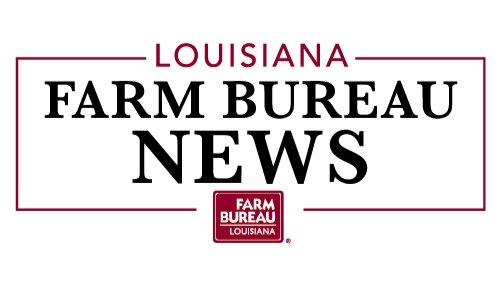Research Team Awarded Grant to Study Use of Wastewater as Fertilizer
By Kyle Peveto
LSU AgCenter
A team of Louisiana researchers has received a federal grant worth more than $100,000 for the first step of a study that aims to use wastewater from aquaculture ponds, seafood processors and farms for fertilizer.
The team, composed of LSU, LSU AgCenter, Louisiana Sea Grant and Southern University researchers, will use the funds to purchase a scientific instrument that can identify organic matter in bodies of water to determine if the properties have a beneficial use.
Eventually, the team plans to establish waste-sharing networks to allow producers and seafood processors to save money on waste disposal and fertilizer costs while improving sustainability, said M.P. Hayes, an AgCenter and Sea Grant water quality specialist.
“When we work with them, my goal for a lot of these processors is to figure out how to reduce their cost,” said Hayes, who is a principal investigator for the project. “If I can save you money on how much you send to the landfill, that’s a win for everyone.”
The $112,181 grant from the U.S. Department of Agriculture Research, Education, and Economics Information System will buy a high-performance optical spectrometer and additional components to measure the fluorescence of dissolved organic matter. Dissolved organic matter is a mixture of compounds found in water bodies.
“The organic matter in water is slowly broken down and makes more readily available compounds,” Hayes said. “Determining the parent source of the organic matter can give valuable insights to researchers and stakeholders.”
By studying the fluorescence of the dissolved organic matter, the team can “fingerprint” the matter and match how well it mimics synthetic fertilizers.
“There’s a very specific signature, and it’s a fingerprint, and with this you can tell the parent sources of organic matter,” Hayes said.
The team plans to fingerprint wastewater from seafood processors, industrial wastewater, runoff from agricultural fields and waste from aquaculture ponds, he said. Wastewater samples can be collected by team members and AgCenter and Sea Grant agents while on site visits.
Once the wastewater dissolved organic matter is fingerprinted, the research team can pursue long-term funding to establish waste-sharing networks based on the chemical signatures, Hayes said. These networks would help the aquaculture industry share organic composted waste as fertilizer for farms.
The research team includes Hayes; Evelyn Watts, a seafood extension specialist for the AgCenter and Sea Grant; Damon Abdi, an assistant professor of landscape horticulture at the AgCenter; Espinosa Teodoro, a senior research professor for food science and bioprocessing at the Southern University Agricultural Research and Extension Center; Miriam Ortega, a Southern University aquaculture specialist; and Jeff Plumlee, a fishery specialist with Sea Grant.
Effluent, which is wastewater from a facility, is a common waste stream for most industries in Louisiana. At most of the locations that will be sampled for the study, there is a push for sustainability and to have better understanding of the companies’ waste profiles, Hayes said. If their effluent can be used as fertilizer, the wastewater may no longer be seen as waste.
“In reality, it’s just a valuable natural resource that we haven’t figured out how to apply to a situation,” he said.
